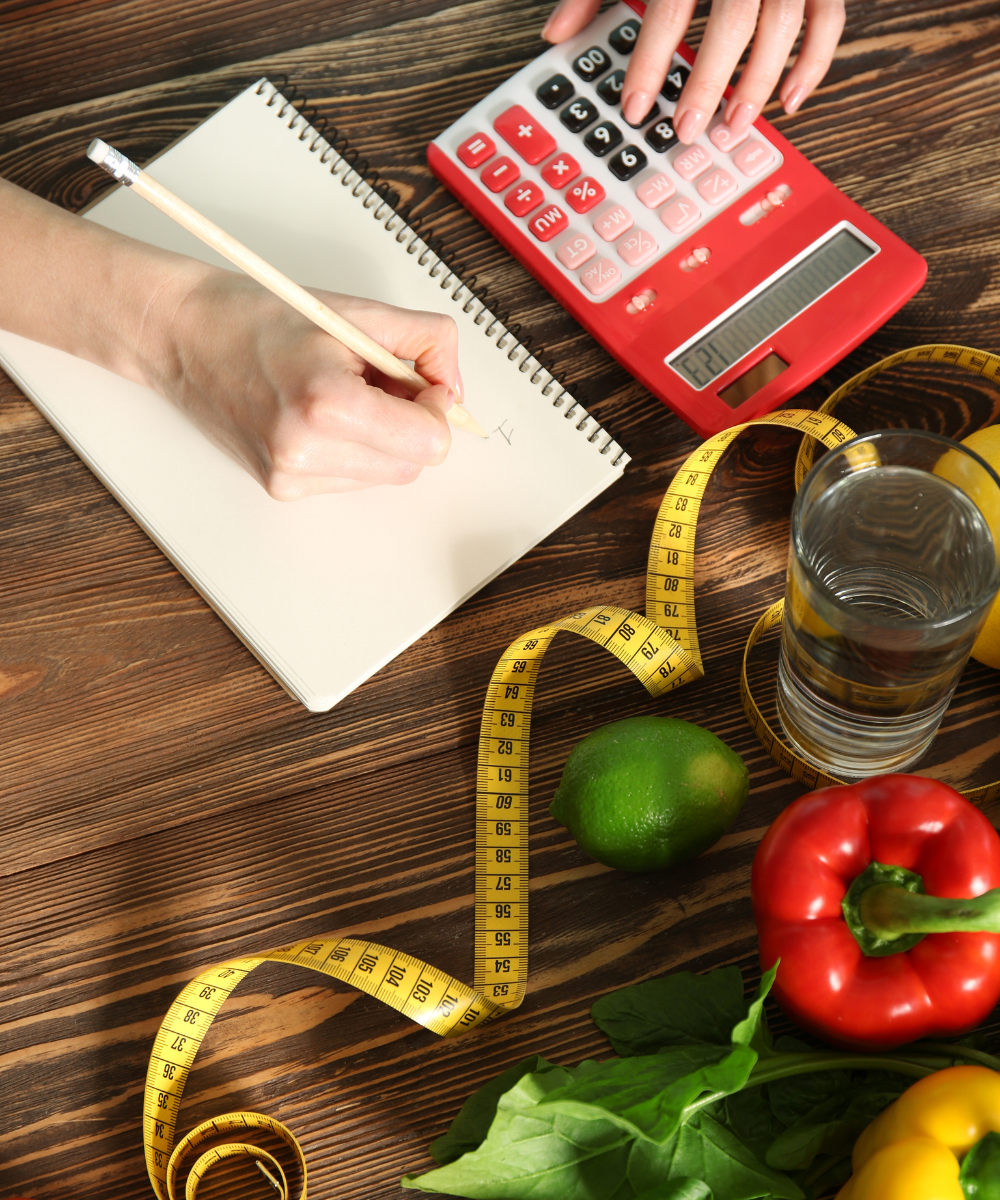
How often should you poop?

If you have ever met with a dietitian, I would pretty much guarantee that they asked you about your poop. And when you tell them, trust me it’s not TMI – we love to know about your bowel movements. But WHY?
How Your Poop is Made
Well, folks, knowing your regularity (or irregularity) in the bathroom is going to give us insight into your digestive system and gut health. Let’s walk through the digestive system real quick.
The main organs involved are the mouth, esophagus, stomach, small intestine, large intestine, rectum, and anus. Then you have the pancreas, gallbladder, and liver that assist along the way. Throughout the digestive system, these organs are doing 3 jobs: mixing, moving, and/or breaking down food.
- Digestion can begin before you even take a bite. Imagine you walk by a freshly-lit grill with some chicken skewers and grilled veggies cooking. Smells pretty good, right? Smelling this creates that mouth-watering feeling by activating your salivary glands.
- Once you take a bite and break down your food by chewing, saliva and enzymes also mix with the food to break it down further to be absorbed by the body. Once you swallow, your tongue will move the food from your throat to your esophagus.
- Peristalsis (muscular contractions) within the esophagus propel the food through to your stomach once your lower esophageal sphincter relaxes. This sphincter is what keeps your stomach contents from flowing back up to the esophagus. If the sphincter doesn’t contract after food passes, this may cause acid reflux.
- The stomach is your food reservoir used for holding foods while they are mixed with enzymes to continue the chemical breakdown of your food. Once the food has been adequately broken down, it is released into the small intestine. This is known as chyme.
- The small intestine is made up of 3 segments:
- The duodenum continues to break down food by secretions from the pancreas to help with protein, fat, and carbohydrate digestions, and bile is released from the gallbladder to absorb and digest fats.
- The jejunum and ileum continue to digest food while absorbing nutrients and water.
- The large intestine functions to get rid of the waste products that remain from the digestion in the small intestine. Once your food has reached the large intestine, the process of digestion and absorption is nearly complete. Your waste forms stool to be passed through the large intestine via peristalsis. The large intestine also houses bacteria which can impact your digestive health. The beneficial bacteria found here are useful for the breakdown of undigested food, aiding in the absorption of nutrients, and can even produce vitamins like vitamin K. Your stool is going to be released to the rectum once the descending colon becomes full. The colon then tells the brain “hey, it’s time to go.”
And that is how your poop is made. I tell you this process because any hiccup in these areas can affect bowel movements, and when your bowel movements are affected, we know something must be going on somewhere in this process. Common conditions affecting the digestive system include irritable bowel syndrome (IBS), food intolerances, constipation, diarrhea, and heartburn. Some conditions may be short-term and others may be long-term and persistent.
Creating a Happy, Healthy Gut Microbiome
Do we have control over everything that happens in our gut? No – but we can instill some habits to assist our guts in living happy, healthy lives.
- Fiber. Fiber. Fiber. Club MM loves it and your gut will too. Did you know women should aim for about 25 grams of fiber per day and men should aim for 38 grams of fiber per day? There are numerous benefits to fiber, one being gut health, as it helps to promote regular bowel movements.
- Water. Drinking adequate amounts of water will also assist in the digestion process by helping contents flow through your intestines. Constipation is commonly attributed to a lack of water.
- Move your body. I like to say the trifecta cure from constipation is fluids, fiber, and movement. 3 easy fixes for a common digestive issue. Getting up to move your body is a great way to help your food move through your digestive system. Go take that hot girl walk after dinner!
- Probiotics and prebiotics. Probiotics are the “good” bacteria for gut health and prebiotics feed the good bacteria. Both are essential to optimal gut health. You can add probiotics into your daily routine via probiotic supplements and foods. Foods that contain probiotics include: kefir, yogurt, sauerkraut, kimchi, kombucha, miso, and other fermented foods. My favorite daily probiotic is from Just Thrive. What sets their probiotics apart is they are spore-based and arrive alive in your gut.
- Take control of managing your stress. Diet and stress can greatly affect your gut health. Looking for some ways to get a handle on your stress levels? Check out these 3 tips from Megan.
When you start to implement these habits into your daily life, not only will you level up your digestion, but you will also see an impact on your immune system, emotional well-being, hormones, and skin.
Healthy Poops
So what is normal for the number of bathroom breaks a day and what makes it a healthy poop? Ideally, you go at least once a day, but this can depend on a few factors such as foods you ate, hydration levels, digestive health, etc. But there really is no magic number. Some people may be regular 2 times a day and some may be regular going every other day. Just like with everything in nutrition, it depends and varies among individuals. Typically, one will experience bowel movements the same number of times per day and around the same time each day.
A study by Healthline on the “American Gut Check” found that 47.7% of Americans had a bowel movement once per day, 28% had bowel movements twice per day and 7.6% had three bowel movements per day. They also found that 61.3% had a bowel movement in the morning and 14.1% had one in the evening. Morning bowel movements are attributed to your digestive system processing your food from the day before during the night or may even be due to the acidity in your morning coffee. It was noted that the normality of bowel movements varies by person and is determined by what you eat, how you consume foods, water intake and exercise.
Here’s what a healthy poop should be like.
- Feel the urge that it is time to go.
- You head to the bathroom.
- You go with ease 🙂 No book reading needed.

While having regularity with the number of bowel movements is important, the consistency may be even more important. I know it’s weird, but just take a peek at your poop when you’re done. In the health field, we judge your poop quality based on the Bristol stool scale to help decipher if your bowel movements are healthy or unhealthy. There are 7 different types and I’ll explain them below.
Types 1 and 2 can indicate constipation. Type 1 looks like individual, hard lumps while type 2 is more elongated and lumpy, but both may be difficult to pass as they are hard and dry.
Bathroom breaks should be done with ease, no straining needed! Straining or spending excessive time in the bathroom may be common but it’s not normal. If you are experiencing constipation with less than 3 bowel movements a week, hard stools, straining, or pain with bowel movements, this may be due to diet changes with fiber and water intake, traveling and being out of routine, decreased exercise, medications, or pregnancy. To combat constipation, ensure hydration with fluids and limiting consumption of alcohol and caffeine, add in fiber-rich fruits and vegetables, work toward 150 minutes of physical activity each week, and use the bathroom when you feel like you are needing to have a bowel movement. While over-the-counter laxatives may be beneficial for short-term use, I would encourage you to try adjusting your daily habits first. If constipation persists long-term, seek additional help.
Types 3,4, and 5 are more in the normal range. Type 3 is also elongated like type 2, but it is less lumpy and looks more like cracks in the surface. Type 4 is elongated, but this is going to be softer and have a smoother surface. Types 3 and 4 are what experts have considered to be most healthy. Type 5 is soft blobs with clear edges that one can easily pass. While these can be part of a healthy bowel movement, this type may also point toward diarrhea.
Type 6 and 7 may imply inflammation that is occurring in the GI tract. Type 6 appears as fluffy pieces with ragged edges and type 7 is mainly liquid. Both types 6 and 7 suggest diarrhea, as the stool is passing too quickly through the digestive system and not absorbing water.
Diarrhea may lead to dehydration and poor nutrient absorption due to a bacterial infection, irritable bowel syndrome (IBS), irritable bowel disease (IBD), or food intolerances. When you are experiencing diarrhea, hydration and electrolyte replacement are important due to losses. Increasing soluble fiber intake may also help manage diarrhea as it draws in water and forms gels in the digestive tract. Soluble fiber is found in bananas, avocados, oats, chia seeds, flax seeds, and psyllium seeds. The addition of a psyllium supplement can help with diarrhea as it pulls in more water and decreases the urgency associated with diarrhea by creating more bulk. And just like constipation, if diarrhea becomes chronic, seek additional help!
After you’ve gone to the bathroom, you should also feel some relief and maybe even lighter! This is typically a good indication that you have adequately emptied your bowels.
While the number of poops is varied and I have no specific answer for how often you should poop, take a minute and think of your past week. How often did you go? Is this pretty consistent week to week? If not, did something change in your day-to-day habits? But also don’t forget to think about the quality of your poop 🙂 Has it been hard to pass? Is it liquid? Do you have extreme urgency? Asking yourself these questions can help you decide if you’re having healthy poops!
Main takeaways
- Promote a happy, healthy gut with fiber, water, fluids, physical activity, probiotics, and stress management for everyday stressors.
- The number of bowel movements you have can be different from your sister’s, spouse’s, or best friend’s, and that is okay. The number of bowel movements can range from 1 time per day to every other day, depending on your daily habits such as physical activity and diet. While it is important to include soluble and insoluble fiber in your diet, it is also important to avoid foods that you find irritating. Common digestive irritants can include alcohol, caffeine, and fatty foods.
- Don’t be afraid to look at your poop 🙂 A healthy poop is easy to pass, soft, and snake-like. When referring to the images on the bristol scale, types 3 and 4 are ideal.
Your bowel movements may change from time to time due to illness, activity level or diet, but if you notice chronic constipation or diarrhea, blood in stool, or chronic pain with bowel movements, it may be time to seek help from a physician or functional medicine practitioner.
OR if you just want to learn more about how to make a happy gut, get on the waitlist for Metabolism Makeover!
Baylee Reller
Metabolism Makeover Coach

